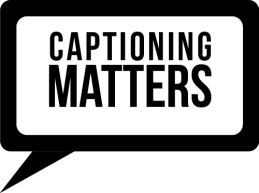Benefits of using video for teaching and learning
Video usage in education is accelerating rapidly across all
grade levels, including higher education. Videos can be used for teaching and
learning outside of the classroom. Students are growing up in an era of
technology, so it is important to view technology as a way to engage students,
rather than a way to distract students. Research states that using multimedia
in the classroom increases student engagement and student learning. Embedding
videos into your instruction can increase student learning and student
engagement by doing the following:
1. Increase comprehension - Incorporating videos into a lesson is known to improve student comprehension. Videos allow for students to go at their own pace, stop and playback the video as much as they want.
2. Increase student motivation – Students enjoy using technology due to the fact of being raised in a digital era. When students enjoy learning, they are motivated to keep learning.
3. Easy to access – When instructors use video in their course, it allows for students to access the content outside of class on their own time. This will increase student success by reinforcing what is being taught and by providing students with the material when absent from school.
5. Accessibility – Videos make learning more accessible for all students. Videos that include closed-captions is a perfect way to accommodate for learners that are hearing impaired. It is also a way to make materials accessible to students at all times.
Jessica Hall
2/23/18


Comments
Post a Comment